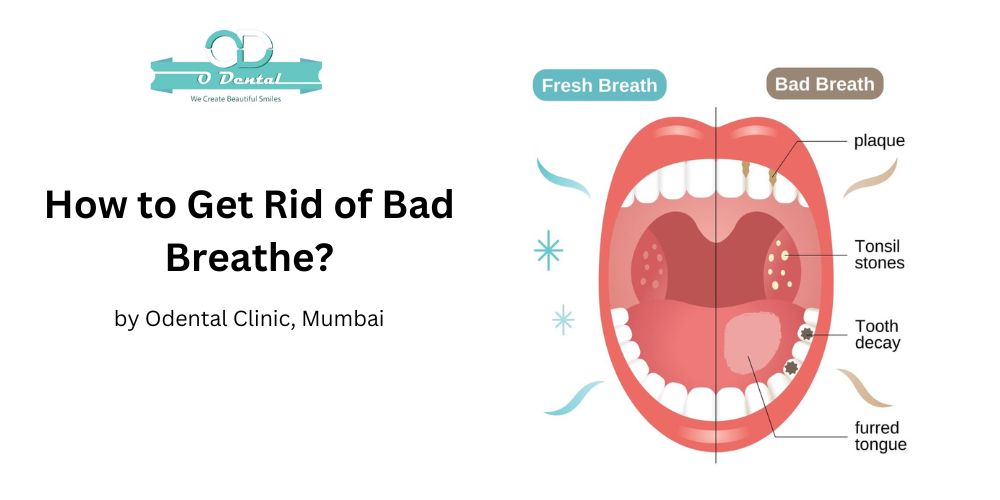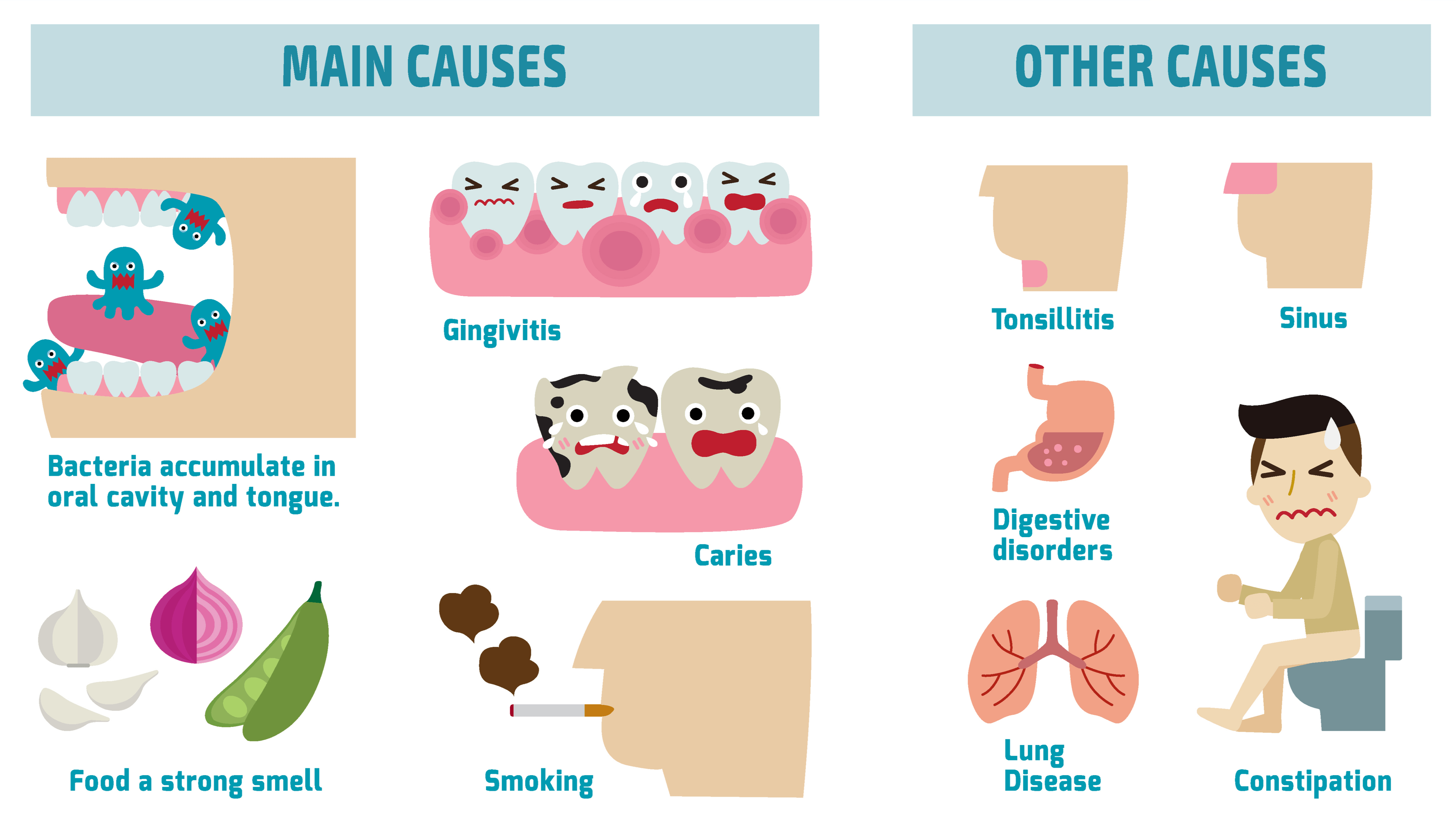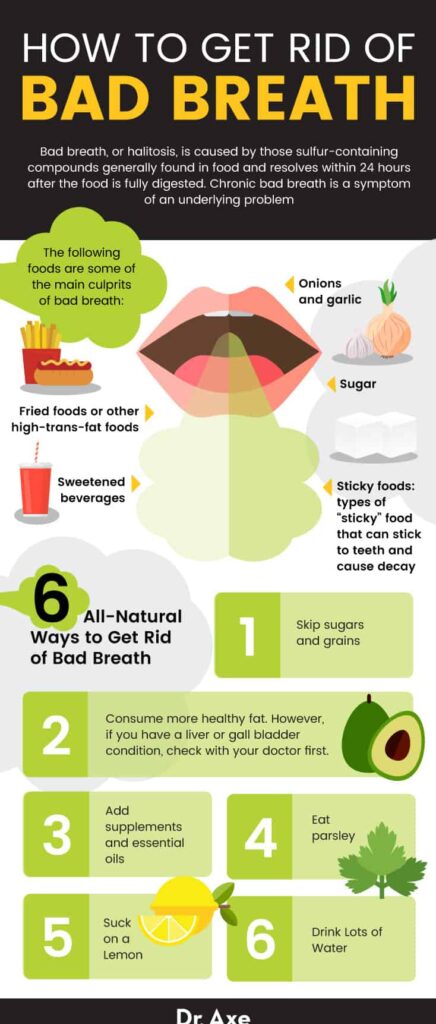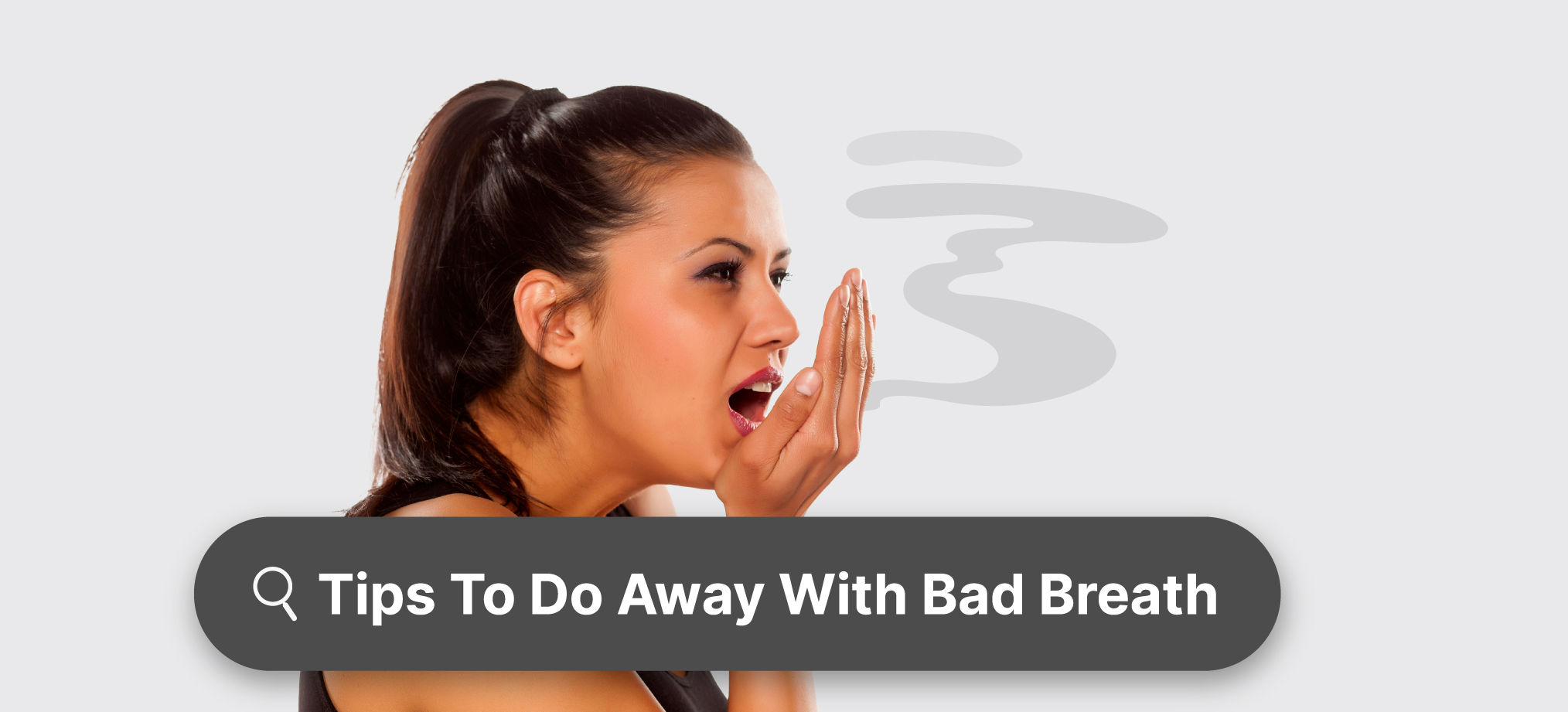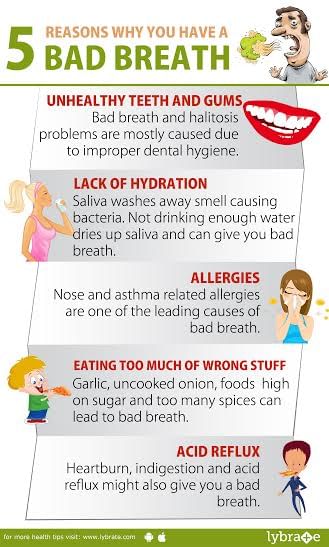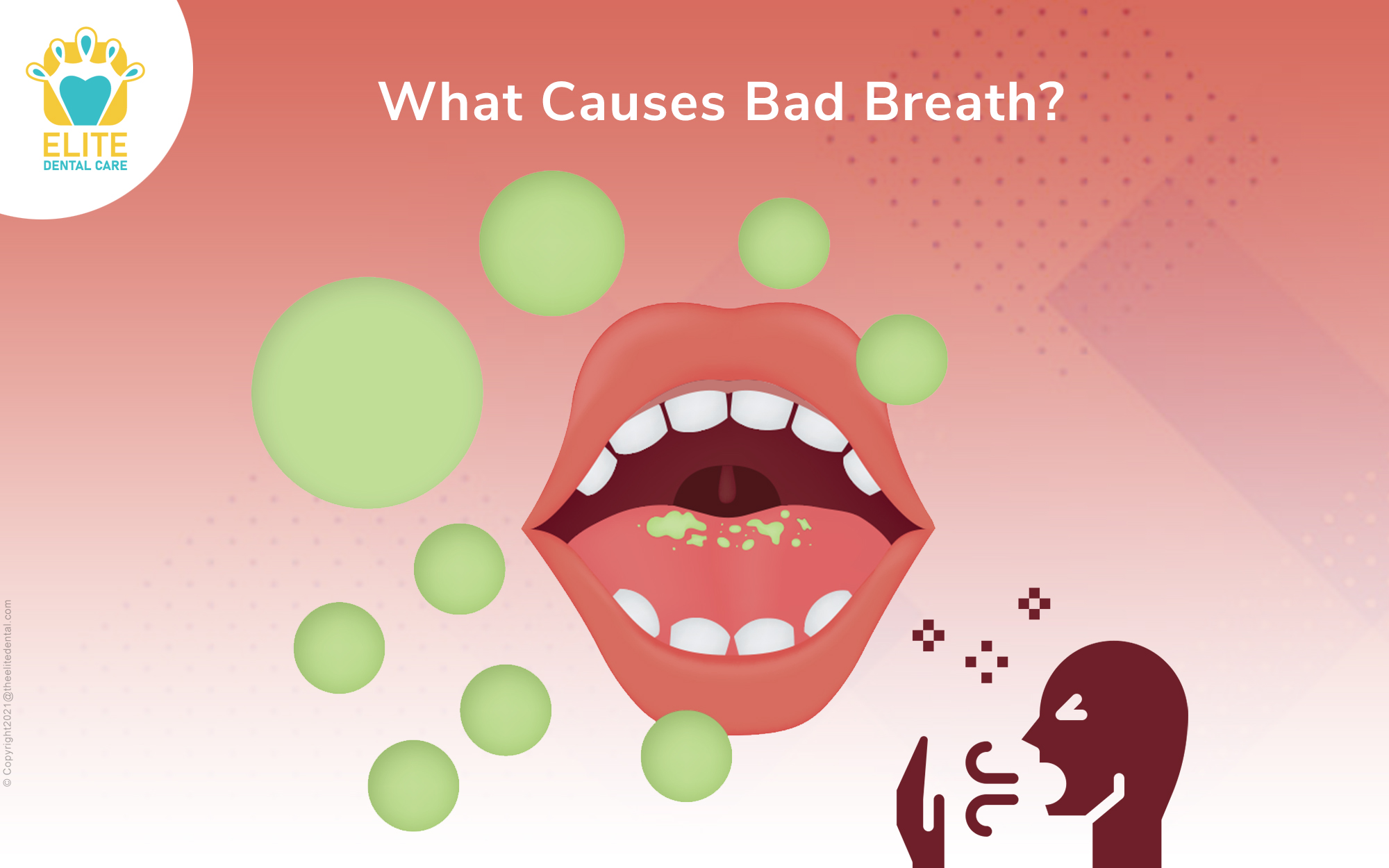How Far Can Bad Breath Travel
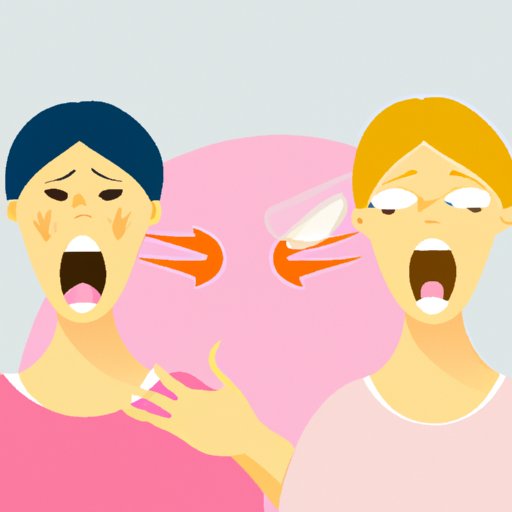
Imagine this: You're at an outdoor cafe, enjoying the gentle breeze and the aroma of freshly brewed coffee. Suddenly, a faint, unpleasant odor drifts your way, momentarily disrupting the idyllic scene. It's fleeting, almost imperceptible, but enough to make you subtly wrinkle your nose and wonder, "Where did that come from?"
This article delves into the science behind breath, exploring how far bad breath, clinically known as halitosis, can actually travel. We'll uncover the factors that influence its range and the implications for social interactions, drawing upon expert insights and scientific understanding.
The Science of a Social Stigma
Halitosis, often a source of embarrassment and social anxiety, stems primarily from volatile sulfur compounds (VSCs) produced by bacteria in the mouth. These bacteria thrive on food particles, dead cells, and other debris, particularly in areas like the back of the tongue and between teeth.
The distance that bad breath can travel is not a straightforward measurement; it's affected by a complex interplay of factors. Airflow, humidity, the intensity of the odor, and the sensitivity of the receiver all play a role.
Factors Influencing the Range
One of the most crucial elements is airflow. In a still environment, the odor molecules would linger closer to the source. However, a breeze, even a slight one, can carry the scent much further.
Humidity also plays a significant role. Higher humidity levels can increase the perception of odors, while dry air might lessen their impact. Therefore, on a humid day, bad breath may seem more noticeable.
The severity of the halitosis is, unsurprisingly, a key factor. Mild cases may only be detectable in very close proximity, while more severe cases can be noticeable from a greater distance.
Sensitivity to odors varies from person to person. Some individuals have a heightened sense of smell and can detect even faint odors, while others are less sensitive.
How Far is Too Far? Quantifying the Unquantifiable
Pinpointing an exact distance for how far bad breath can travel is challenging. There's no definitive study that provides a precise measurement, primarily because of the multitude of variables involved.
However, based on observations and understanding of odor dispersal, it's reasonable to estimate that noticeable bad breath typically travels within a range of a few feet. In close conversations, this distance can be easily breached.
Dr. Harold Katz, a renowned bacteriologist and founder of The California Breath Clinics, emphasizes the importance of understanding the root cause of bad breath. He often states, "Bad breath is not a life sentence. It's a problem that can be solved with the right knowledge and approach."
"The key to combating halitosis lies in disrupting the bacteria's ability to produce VSCs," explains Dr. Katz.
Beyond the Immediate Range
While a few feet is a common range, specific circumstances can extend this distance. A cough or sneeze, for example, can propel odor particles further into the air, temporarily increasing the range.
Poor ventilation can also exacerbate the issue. In enclosed spaces, odors tend to linger, making bad breath more noticeable and potentially affecting a larger area.
Therefore, factors like room size, ventilation systems, and even the number of people in the space can indirectly influence the perceived range of bad breath.
The Social Impact and How to Mitigate It
The consequences of bad breath extend beyond mere unpleasantness; it can significantly impact social interactions and self-confidence. People with halitosis may experience feelings of embarrassment, anxiety, and social isolation.
Fortunately, halitosis is often preventable and treatable. Maintaining good oral hygiene is the cornerstone of prevention.
Regular brushing, flossing, and tongue scraping can remove food particles and bacteria, reducing the production of VSCs. Using an antibacterial mouthwash can also help to control bacterial growth.
Maintaining hydration by drinking plenty of water throughout the day helps stimulate saliva production, which naturally cleanses the mouth and neutralizes acids.
When to Seek Professional Help
In some cases, bad breath may be a symptom of an underlying medical condition, such as gum disease, sinusitis, or even diabetes. If good oral hygiene practices don't alleviate the problem, it's essential to consult a dentist or physician.
A dental professional can assess your oral health and identify any potential issues contributing to halitosis. They may recommend professional cleaning, scaling, or other treatments to address the underlying cause.
In rare instances, bad breath can originate from the stomach. Conditions like acid reflux or H. pylori infection can cause distinctive odors that emanate from the mouth.
A Breath of Fresh Air: A Matter of Perspective
Ultimately, the impact of bad breath is subjective and heavily influenced by social norms and individual perceptions. While a faint odor might be barely noticeable to some, it can be deeply offensive to others.
Being mindful of personal hygiene and taking proactive steps to maintain fresh breath is a sign of respect for oneself and others. It fosters positive social interactions and contributes to a more pleasant environment for everyone.
The issue of bad breath serves as a reminder of the intricate connections between physical health, social behavior, and personal well-being. By understanding the science behind halitosis and adopting effective preventative measures, we can all breathe a little easier and engage more confidently in the world around us.

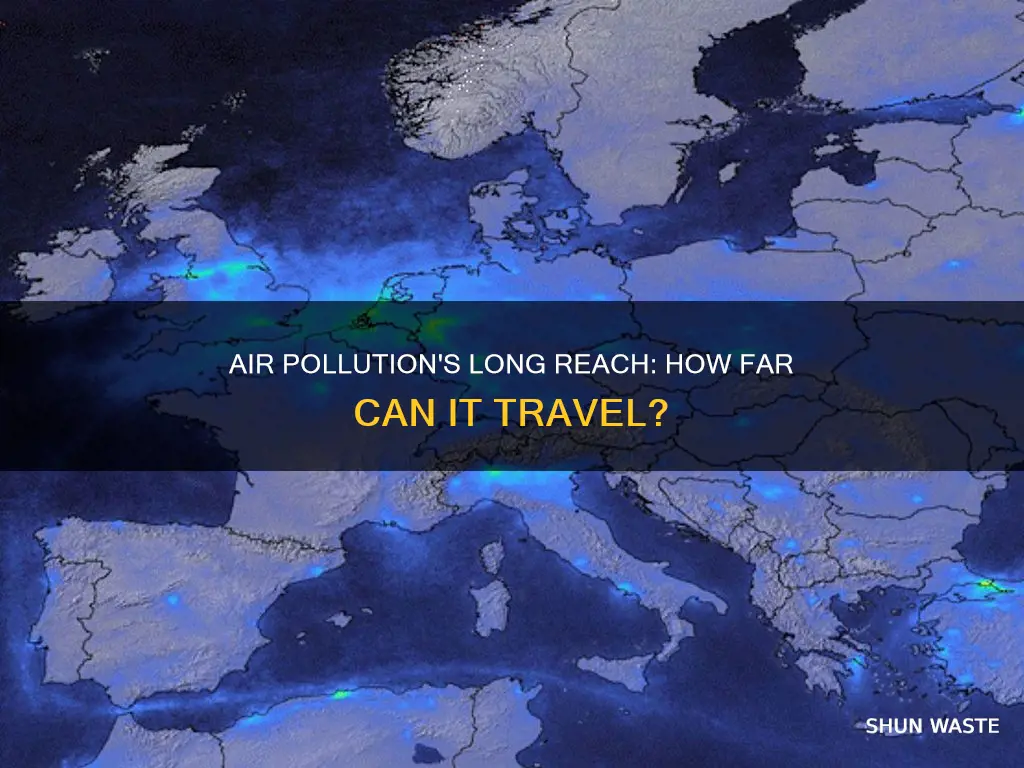

![How Far Can Bad Breath Travel Can you guess what causes bad breath [Infographic]?](https://www.lifetimesmiles.com/wp-content/uploads/2022/01/Bad-Breath-Infographic.jpg)
